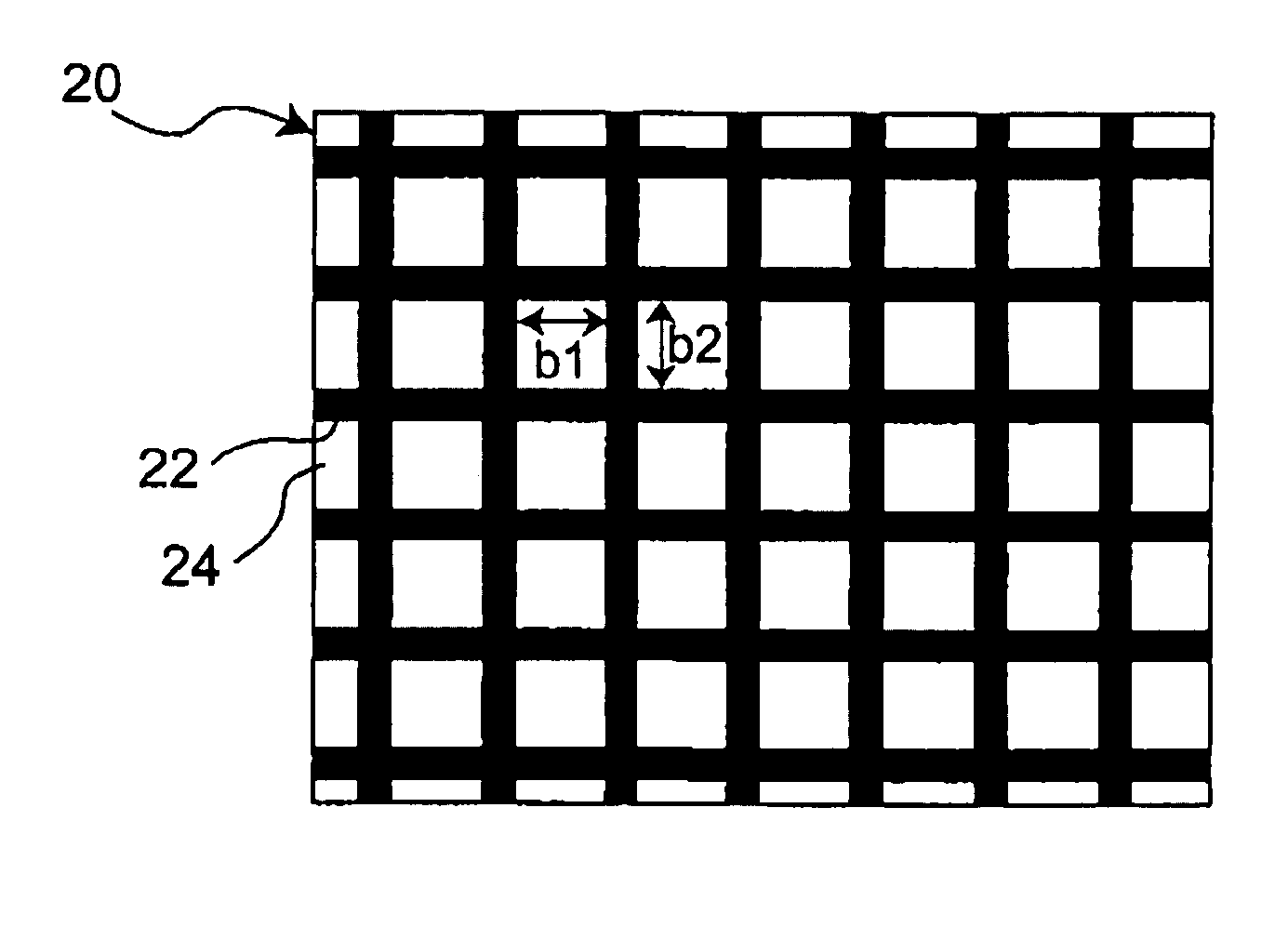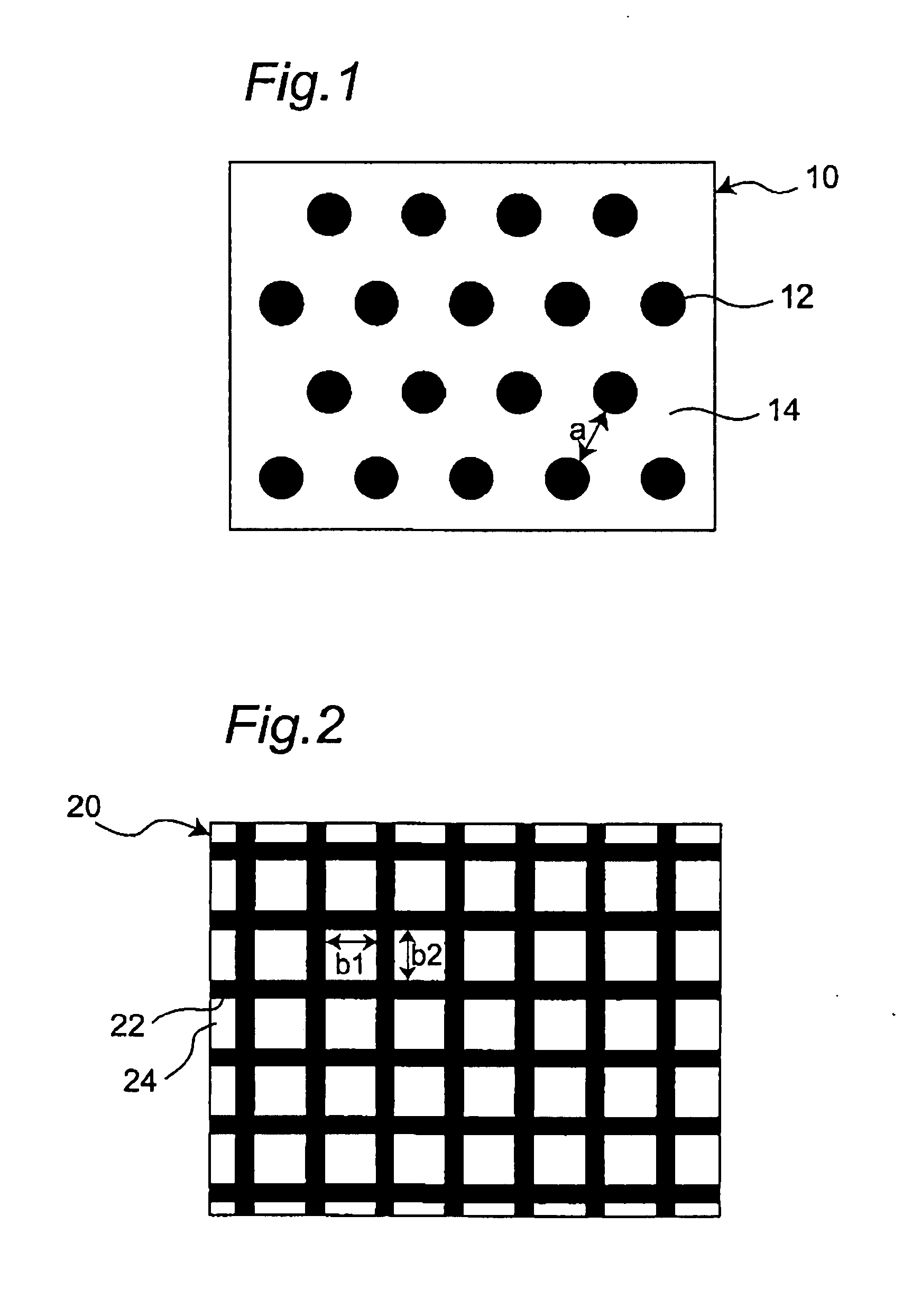Water repellent-, oil repellent-and soil release-treated textile and method of treating textile
a technology of oil repellent and textile, applied in the direction of liquid repellent fibres, superimposed coating processes, liquid/solution decomposition chemical coatings, etc., can solve the problems of easy deformation of textile feeling, hard release of oil repellent by washing, and aqueous soil and oily soil, etc., to achieve easy removal, high water- and oil repellent effect, and soil is hardly stained
- Summary
- Abstract
- Description
- Claims
- Application Information
AI Technical Summary
Benefits of technology
Problems solved by technology
Method used
Image
Examples
synthesis example 1
[0101] A water- and oil-repellent agent was prepared as follows.
[0102] A 1 L beaker was charged with a fluorine-containing monomer (90 g) of the formula:
H2C═CHCOO—CH2CH2—(CF2CF2)3CF2CF3,
n-stearyl acrylate (10 g), N-methylolacrylamide (3 g), n-lauryl mercaptan (1 g), tripropylene glycol (40 g), polyoxyethylene (3 mol)dodecyl ether (4 g), polyoxyethylene (20 mol)lauryl ether (9 g) and pure water (250 g). The mixture in the beaker was emulsified and dispersed at 50° C. in a high pressure homogenizer until the average particle sizes of the emulsion reached 150 nm or less. Next, a whole volume of the emulsion was transferred to a 1 L autoclave equipped with a stirrer. After the inner atmosphere of the autoclave was replaced with a nitrogen gas, vinyl chloride (24 g) and azobisamidinopropane dihydrochloride (1 g) were added into the autoclave, so as to react them at 60° C. for 8 hours under seal. The resultant polymerization liquid was directly subjected to gel permeation chromatograp...
synthesis example 2
[0103] A soil release agent was prepared as follows.
[0104] A 1 L four-necked flask equipped with a stirrer was charged with a fluorine-containing monomer (60 g) of the formula:
H2C═CHCOO—CH2CH2—(CF2CF2)3CF2CF3,
methoxypolyethyleneglycol methacrylate (EO 9 mol) (30 g), 2-hydroxyethyl methacrylate (8 g), 2-methacryloyloxyethyl-trimethylammonium chloride (2 g), 2-mercaptoethanol (0.2 g) and isopropyl alcohol (250 g), and a nitrogen gas was allowed to flow into the flask for 60 minutes. The internal temperature of the flask was raised to 75 to 80° C., and azobisisobutyronitrile (1 g) was added. The mixture was reacted for 8 hours, and the resultant polymerization liquid was directly subjected to gel permeation chromatography so as to measure the molecular weight thereof. As a result, it was confirmed that the peaks derived from the monomers substantially disappeared, and that peaks derived from a copolymer appeared. The weight-average molecular weight of the copolymer was 11,000 (in t...
synthesis example 3
[0105] The same operation as in Synthesis Example 2 was repeated to obtain a polymerization liquid, except that a fluorine-containing monomer of the formula:
H2C═CHCOO—CH2CH2CH2—SO2—C4F9,
was used instead of the fluorine-containing monomer of the formula used in Synthesis Example 2:
H2C═CHCOO—CH2CH2—(CF2CF2)3CF2CF3.
The resultant polymerization liquid was directly subjected to gel permeation chromatography so as to measure the molecular weight thereof. As a result, it was confirmed that the peaks derived from the monomers substantially disappeared, and that peaks derived from a copolymer appeared. The weight-average molecular weight of the copolymer was 11,000 (in terms of polystyrene). The constituents of the copolymer were substantially equal to the composition of the charged monomers. The resultant polymerization liquid was diluted with pure water to obtain a soil release liquid having a copolymer concentration of 20%.
PUM
| Property | Measurement | Unit |
|---|---|---|
| side length | aaaaa | aaaaa |
| width | aaaaa | aaaaa |
| length | aaaaa | aaaaa |
Abstract
Description
Claims
Application Information
 Login to View More
Login to View More - R&D
- Intellectual Property
- Life Sciences
- Materials
- Tech Scout
- Unparalleled Data Quality
- Higher Quality Content
- 60% Fewer Hallucinations
Browse by: Latest US Patents, China's latest patents, Technical Efficacy Thesaurus, Application Domain, Technology Topic, Popular Technical Reports.
© 2025 PatSnap. All rights reserved.Legal|Privacy policy|Modern Slavery Act Transparency Statement|Sitemap|About US| Contact US: help@patsnap.com


